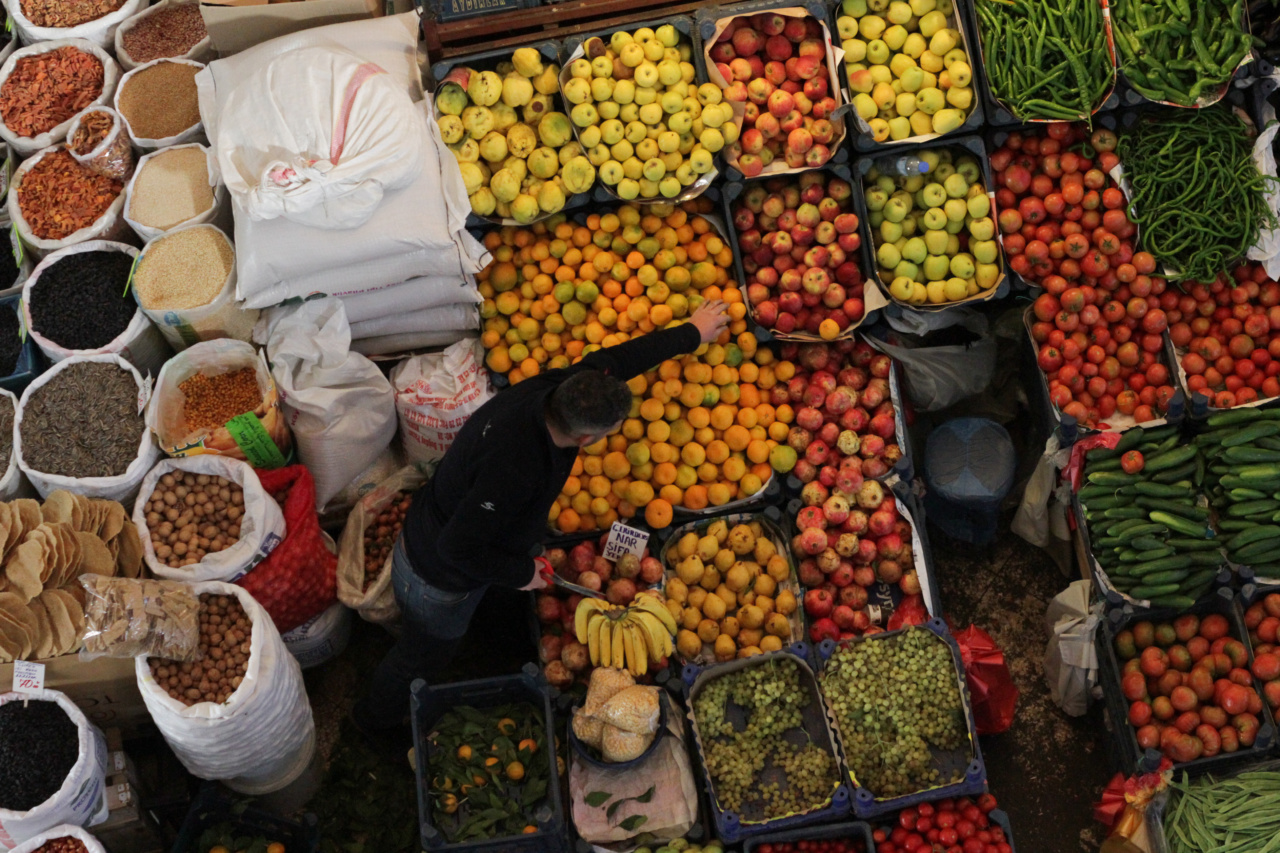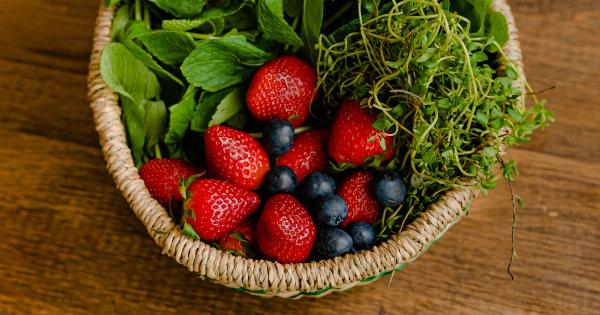There is a growing concern about the use of pesticides in farming, and the impact it has on our health and the environment.
While fruits and vegetables are healthy, some of them contain high levels of pesticide residue, even after they have been washed and peeled. In this article, we will list the top 10 most pesticide-laden fruits and vegetables in the market.
1. Strawberries
Strawberries are the fruit that contains the highest levels of pesticide residue, according to the Environmental Working Group (EWG). Up to 36 different pesticides have been found on strawberries, including ones that are banned in some countries.
Washing strawberries may reduce some of the pesticide residue, but it is impossible to remove all of it.
2. Spinach
Spinach is another vegetable that contains high levels of pesticide residue. The EWG found that spinach had the second-highest levels of pesticide residue compared to other vegetables.
One study found that some spinach samples contain up to 48 different pesticide residues.
3. Kale
Kale has become a popular superfood in recent years, but it is also one of the most pesticide-laden vegetables in the market. The EWG found that kale samples contained up to 18 different pesticide residues, including DDT, a banned pesticide.
4. Nectarines
Nectarines are a type of fruit that is similar to peaches, but with a smoother skin. Nectarines are often treated with pesticides to prevent damage from insects.
The EWG found that up to 33 different pesticides have been found on nectarines, including fungicides and neonicotinoids, which can harm bees.
5. Apples
Apples are a popular fruit, but they also contain high levels of pesticide residue. The EWG found that up to 90% of apples contain pesticide residue, with up to 45 different types of pesticides found on each apple.
6. Grapes
Grapes are often used to make wine, but they also contain high levels of pesticide residue. The EWG found that up to 60 different pesticides can be found on grapes, including organophosphates, which are toxic to the nervous system.
7. Cherries
Cherries are a delicious fruit, but they also contain high levels of pesticide residue. The EWG found that up to 42 different pesticides can be found on cherries, including some that are banned in some countries.
8. Peaches
Like nectarines, peaches are a type of fruit that is often treated with pesticides to prevent damage from insects. The EWG found that up to 62 different pesticides have been found on peaches, including neonicotinoids, which can harm bees.
9. Pears
Pears are another popular fruit that contain high levels of pesticide residue. The EWG found that up to 50 different pesticides can be found on pears, including ones that are banned in some countries.
10. Tomatoes
Tomatoes are a staple in many dishes, but they also contain high levels of pesticide residue. The EWG found that up to 35 different pesticides can be found on tomatoes, including ones that can be toxic to bees and other insects.
While these fruits and vegetables are healthy, it is important to be aware of the pesticide residue they contain.
To reduce your exposure to pesticides, consider buying organic produce, washing fruits and vegetables thoroughly, and peeling them when possible.



























